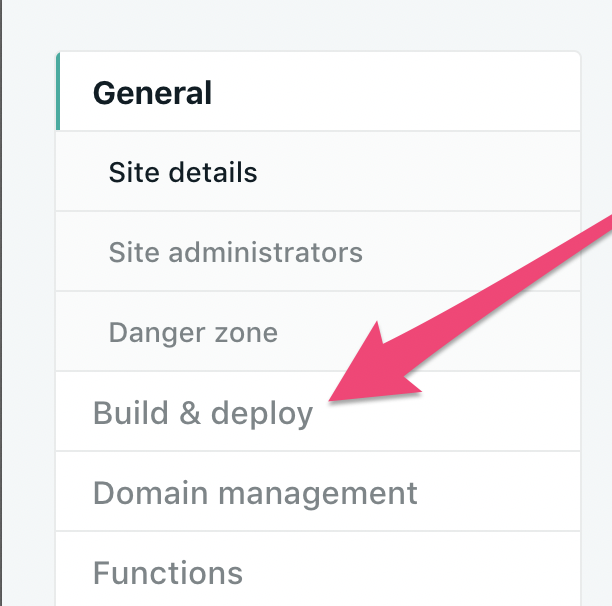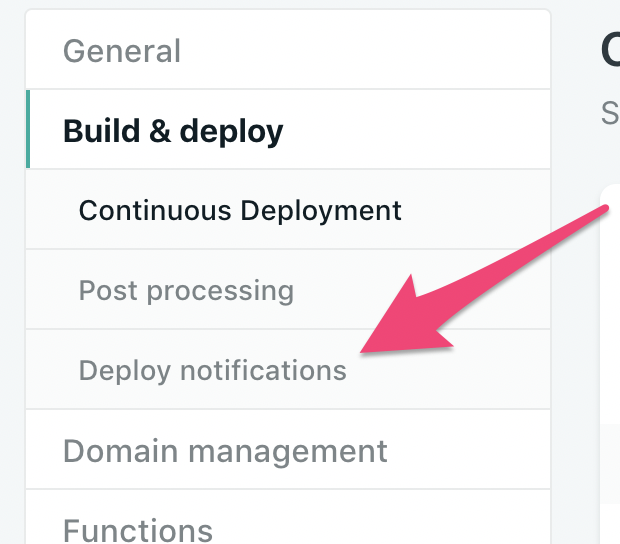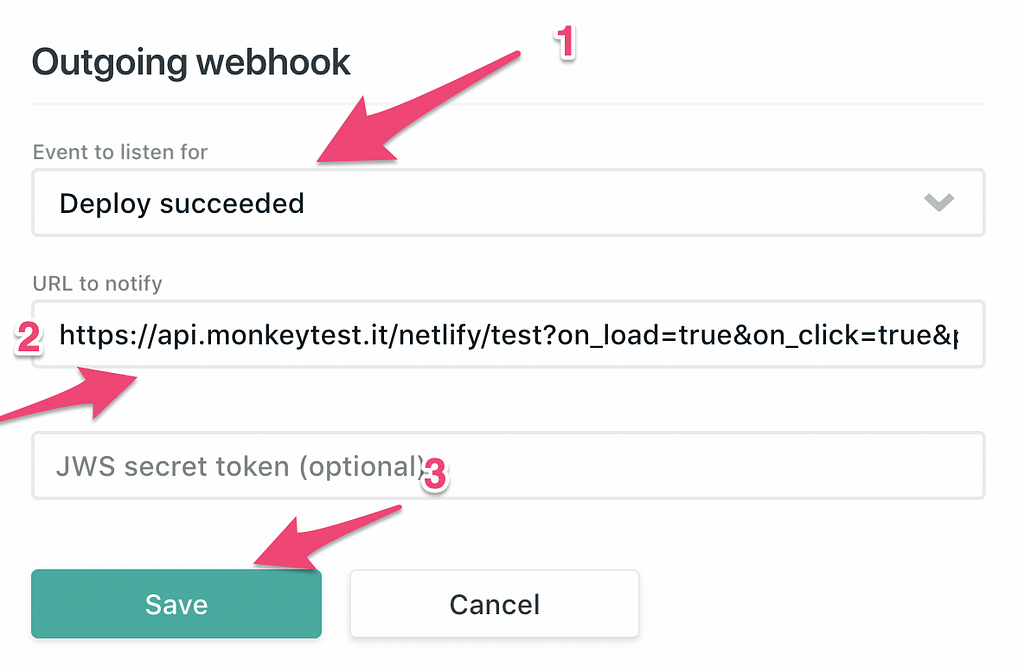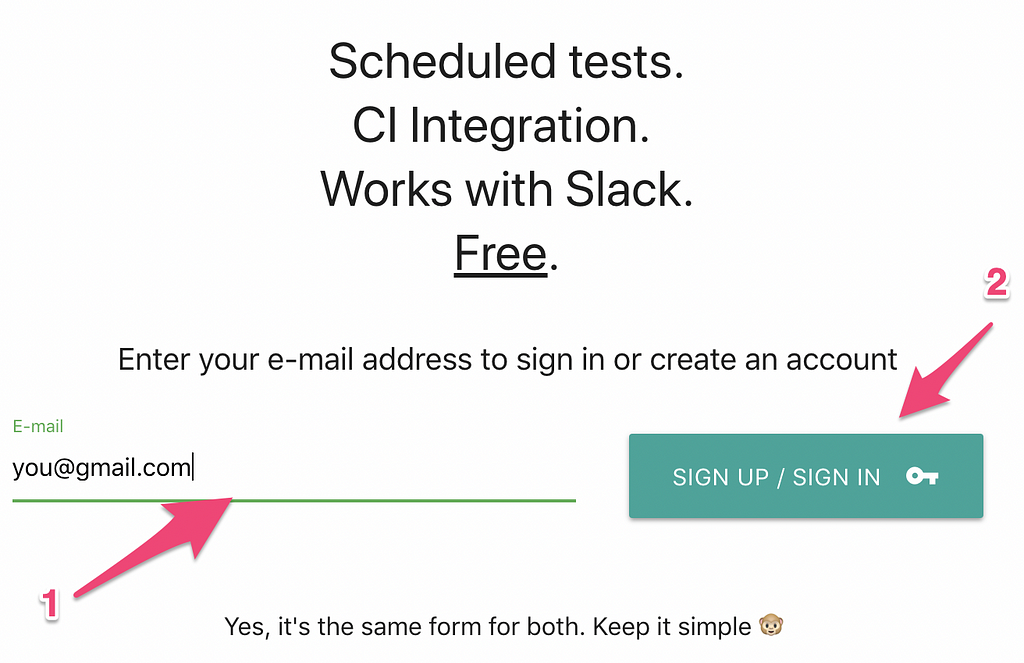Latest news about Bitcoin and all cryptocurrencies. Your daily crypto news habit.
In a rush and just want to set up your site to get tested on each deploy? Scroll down to Step 1.
When I first heard about Pat, Armin, and Melanie’s idea for a 24 Hour Startup Challenge I was super psyched. I haven’t taken part in a hackathon in ages, and with this coming Saturday free, it seemed like the perfect opportunity to take a “break” from my usual work with Monkey Test It and try building something from scratch under extreme time constraints.
Oh yeah, did I also mention it’s going to be live streamed the whole time? No pressure. Nearly 500 other eager makers, and I’ll be one of them. Feel free to follow me on Twitch and watch me flail around this Saturday 🙈
Having a testing-first/quality-focused mindset can sometimes be a disadvantage under these sorts of constraints. After all, a hackathon is all about taking shortcuts and rapid progress. But what if I told you that we could make use of the trusty Pareto Principle and get some testing magic with minimal effort — for free no less?
This is where Monkey Test It comes in. In less than 60 seconds you can have automated tests running each time you deploy your site and get an email in your inbox when anything breaks. Obviously, we won’t worry too much about things like SEO and speed/resource-consumption — but broken links, missing images, and JavaScript errors can really adversely affect the user experience of a site, and in the context of a competition, the favor of the masses (read: votes).
Although you can schedule Monkey Test It to run periodically, in this case, we’ll want to run tests each time you deploy your site.
We already have some instructions for popular CI systems like Heroku and Travis CI, but makers these days tend to favor quick deployment services like Netlify, so in this post, we’ll quickly run through how to get that configured in a heartbeat.
Step 1: Sign up
Head over to the login/signup page and type in your email address. You’ll get an email with a login link shortly after. (check your spam if it’s not in your inbox).
Step 2: Get your API key
Scroll down your dashboard and take note of your API key. It’ll look like a long hyphenated string of random characters.
Step 3: Configure Test Hooks
Within Netlify you’ll need to access your settings and configure a new successful build notification webhook. Take a look below for step-by-step navigation on what to do.
 Click Settings
Click Settings Select “Build and deploy”
Select “Build and deploy” Click on “Deploy Notifcations”
Click on “Deploy Notifcations” Chose “Add notifcation”
Chose “Add notifcation” Select “Outgoing webhook”
Select “Outgoing webhook” Listen for “Deploy succeeded”, add your Monkey Test It URL/Secret, then click save.
Listen for “Deploy succeeded”, add your Monkey Test It URL/Secret, then click save.
This final step is a bit tricky because you’ll want to insert a rather long and scary looking string. Basically what it is telling Netlify to do is to make an API call to Monkey Test It using your personal Monkey API key and which tests to run.
Configure your magic string like this:
https://api.monkeytest.it/netlify/test?on_load=true&on_click=true&page_weight=false&seo=false&broken_links=true&asset_count=false&secret=XXXX-YOUR-SECRET-API-KEY-XXXX
Replace the XXXX-YOUR-SECRET-API-KEY-XXXX bit with your API key from the Monkey Test It dashboard you got from Step 2.
Once you’ve clicked save then everything should be done. You’ll be able to see your deployment test history directly in the Monkey Test It dashboard, as well as getting automatically notified over email if any of your tests failed.
That’s all! Pat yourself on your back and have a banana 🍌— you rock! 🐵
If you have any issues or would just like a chat, feel free to email or DM on twitter. Want to stay up to date with Monkey Test It and all the things we get up to there? Follow the monkeys on twitter too — they appreciate the attention!
Move fast and find out when you break things was originally published in Hacker Noon on Medium, where people are continuing the conversation by highlighting and responding to this story.
Disclaimer
The views and opinions expressed in this article are solely those of the authors and do not reflect the views of Bitcoin Insider. Every investment and trading move involves risk - this is especially true for cryptocurrencies given their volatility. We strongly advise our readers to conduct their own research when making a decision.


